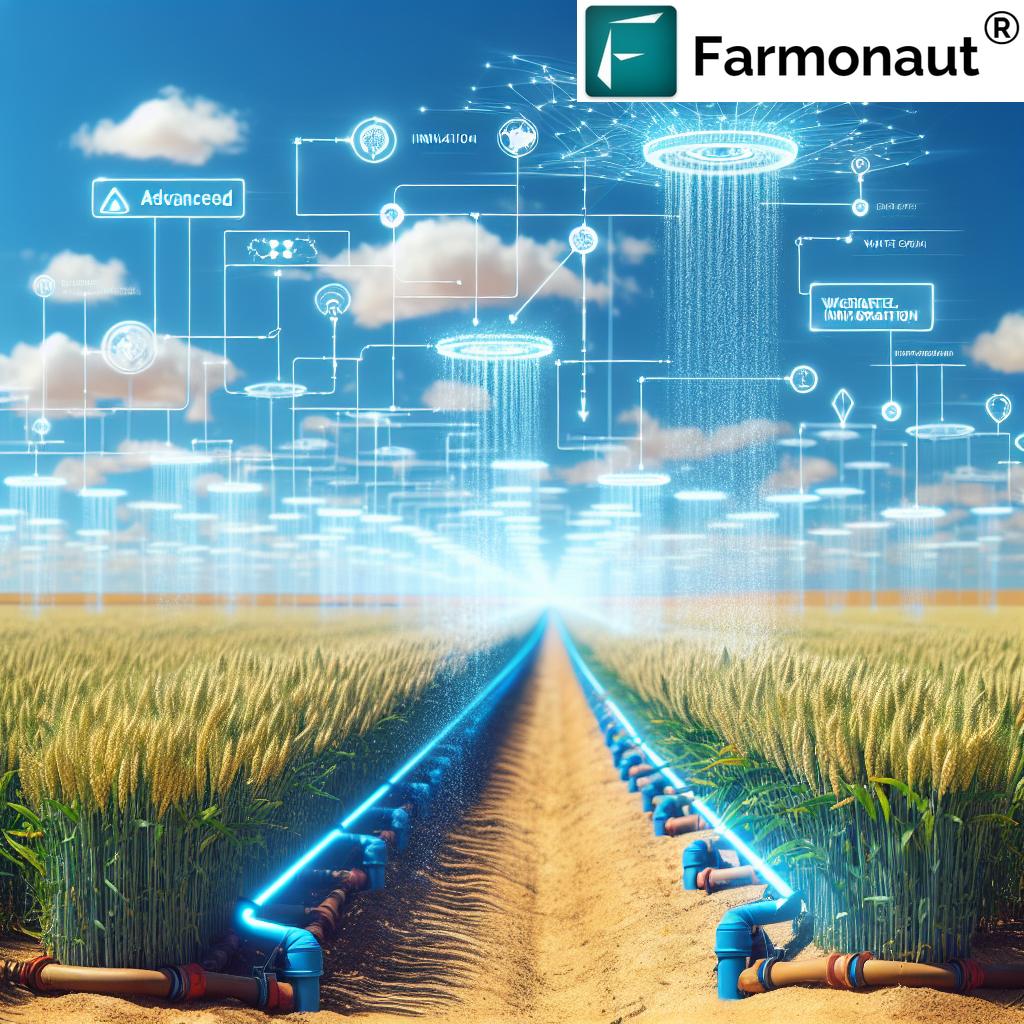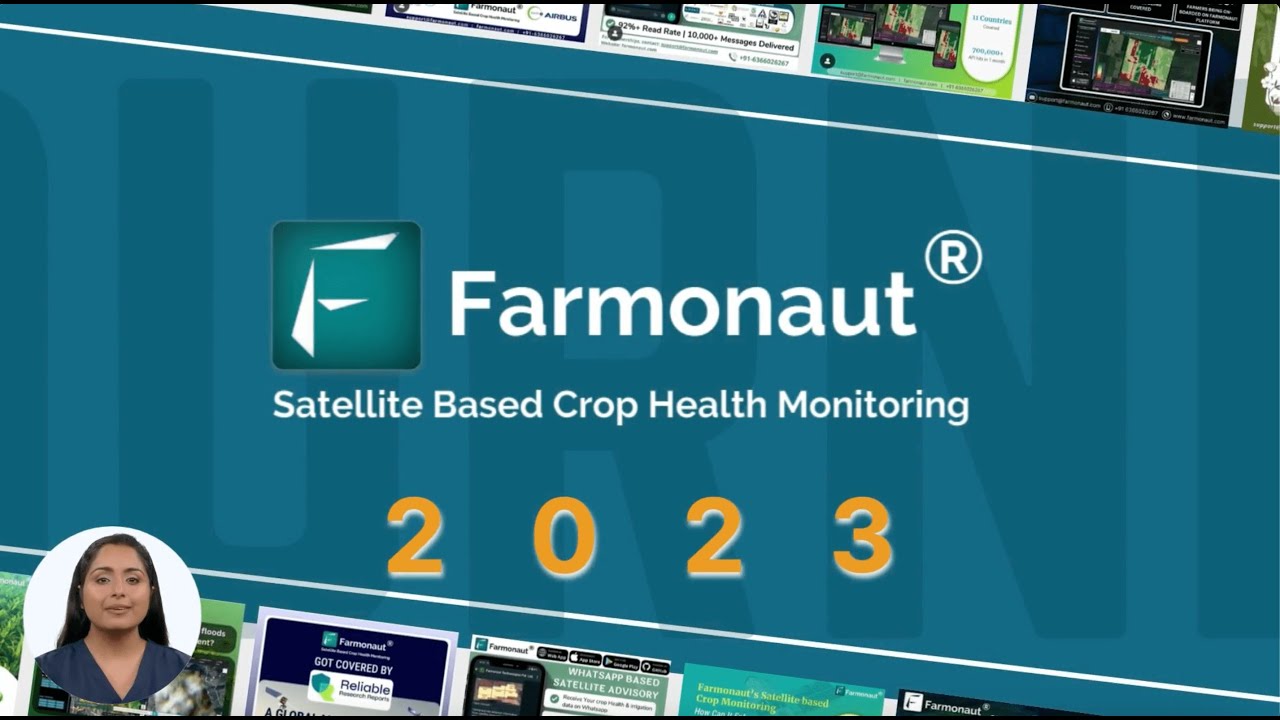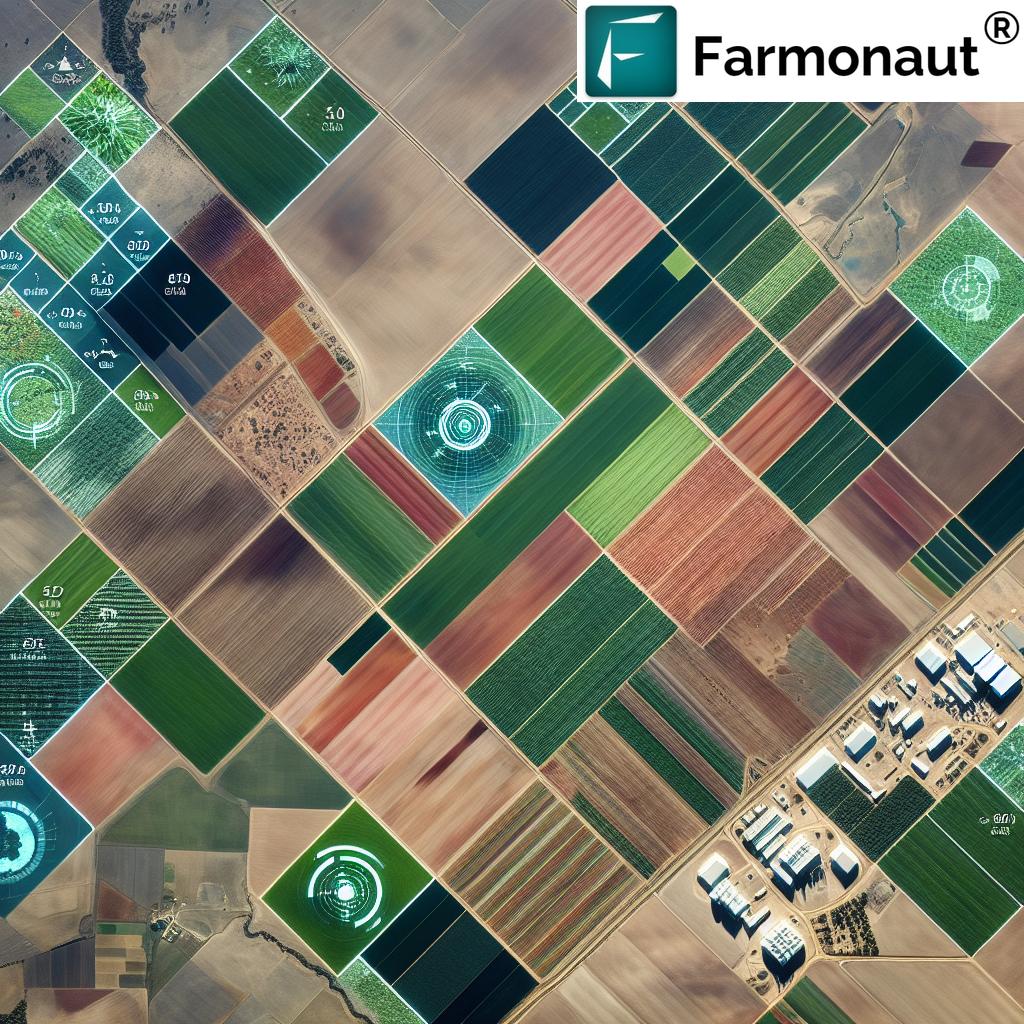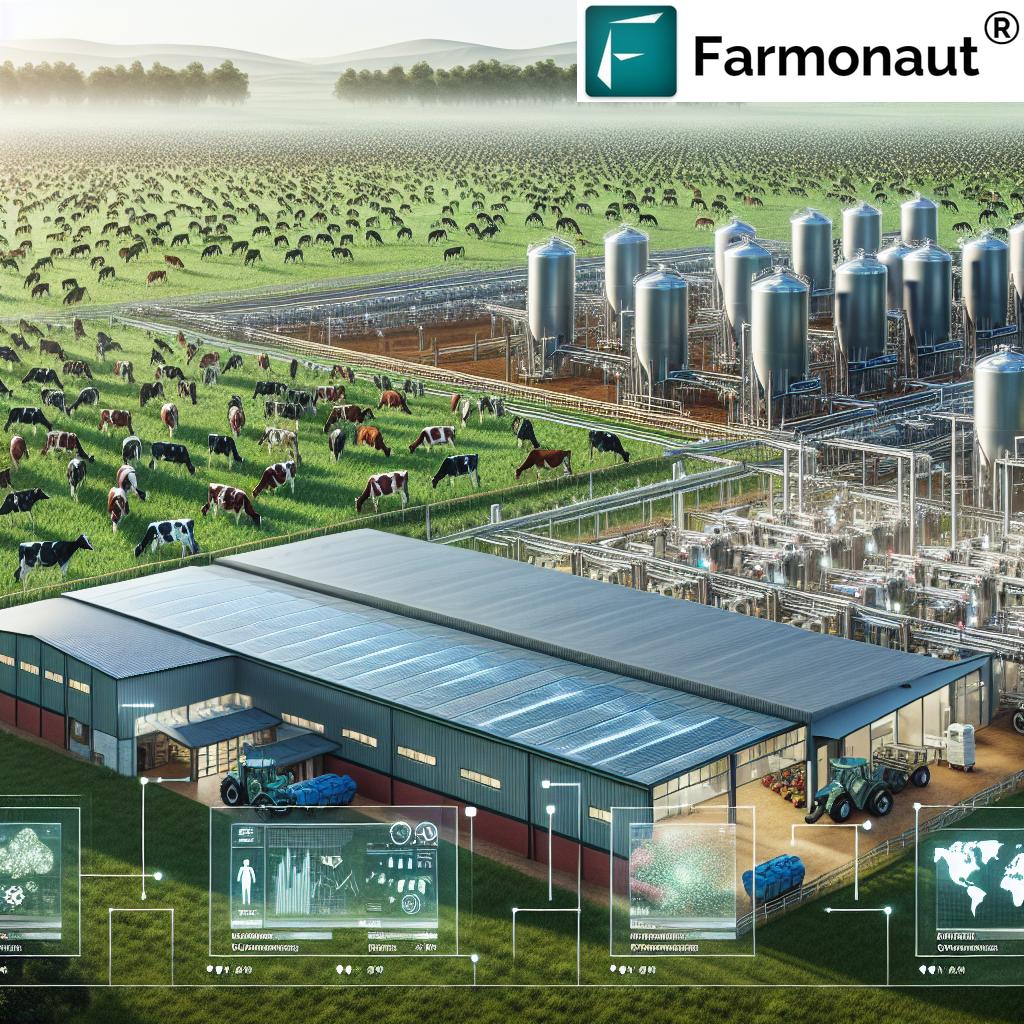7 Shocking Solutions to Drought in Australia Revealed!
“Australia’s smart irrigation systems can reduce water usage by up to 30% in drought-prone regions.”
Drought resilience in Australian agriculture is rapidly becoming one of the most essential focuses in our sector. As we confront recurring droughts and the growing threats of climate change, our capacity to adapt, innovate, and sustain productive landscapes is tested like never before.
Australia’s unique agricultural sector faces some of the world’s most significant challenges: water scarcity, severe climate extremes, soil degradation, and increasingly frequent droughts that threaten our food security and rural communities. Yet, amid adversity, remarkable innovation and sustainable farming practices are starting to reshape how we manage drought risk – not as isolated fixes, but through a multifaceted approach blending technology, community engagement, and policy support.
In exploring the 7 Shocking Solutions to Drought in Australia, we’ll uncover how smart irrigation systems, satellite crop monitoring (such as those provided by Farmonaut), and sustainable soil management are positioning Australian agriculture for future resilience. We also spotlight initiatives, including government drought support programs and community engagement in drought management, that help transform agricultural vulnerability into strength.
Table of Contents
- Why Drought Resilience Matters in Australia
- 1. Smart Irrigation Systems
- 2. Satellite-Based Crop Monitoring
- 3. Drone Technology for Crop Health & Water Management
- 4. Sustainable Farming Practices Australia: Soil Health & Water Retention
- 5. Climate Change Adaptation Strategies & Policy Initiatives
- 6. Community Engagement & Indigenous Initiatives
- 7. Precision Agriculture Technology for the Future
- Solution Impact Comparison Table
- Farmonaut: Affordable Precision Agriculture Tools
- Conclusion
- FAQs on Drought Resilience in Australian Agriculture
“Over 60% of Australian farmers now adopt sustainable practices to boost drought resilience and crop yields.”
Why Drought Resilience Matters in Australia
Australia is no stranger to the devastating effects of drought. Our country’s vast size and continental climate make it highly susceptible to severe weather and rainfall variability, especially in major agricultural areas like the Murrumbidgee Irrigation Area and Riverland. Climate scientists project that droughts are set to become more frequent and more severe over the coming decades.
This presents grave threats:
- Water scarcity for irrigation and livestock
- Loss of crop yields & food insecurity
- Soil erosion, declining soil organic content, and nutrient loss
- Rippling economic impacts through agricultural communities
Therefore, strengthening drought resilience in Australian agriculture is essential to secure our food systems, rural livelihoods, and natural environments. Our survival—and our prosperity—depend on our ability to innovate, adapt, and manage resources sustainably.
Let us explore what truly works in the fight for drought resilience in Australia.
1. Smart Irrigation Systems: Revolutionizing Water Usage
One of the most transformative advances in Australian agriculture has been the implementation of smart irrigation systems. These systems leverage sensors, weather data, and artificial intelligence algorithms to optimize water usage—ensuring that every drop counts, especially during drought.
With real-time data collection and automated control, smart irrigation allows us to:
- Identify the optimal irrigation schedules for each crop
- Reduce water wastage and boost crop yields
- Respond to weather changes on the fly, adjusting irrigation flow
- Collect soil moisture readings for targeted water application
Studies show that farmers in the Murrumbidgee Irrigation Area using these systems report water savings up to 25–30% while maintaining or improving yields (Read more on Farmonaut’s sustainable agriculture solutions for Australia).
Not only does this offer a sustainable response to drought, but it also enables us as farmers to build long-term resilience into our agricultural systems.
Key Features of Smart Irrigation Systems
- Soil moisture sensors for real-time field monitoring
- AI-based analysis to forecast irrigation needs
- Integration with weather data for proactive watering
- Remote control and automation
To make these cutting-edge systems even more accessible, check out Farmonaut’s fleet management tools for agricultural logistics, which help manage farm machinery and irrigation equipment efficiently, minimizing operational costs and ensuring optimal system usage.
2. Satellite-Based Crop Monitoring: Enhancing Precision Drought Response
The next frontier in managing drought risk is satellite crop monitoring. At the heart of this revolution is the capability to assess crop health, soil moisture, and weather patterns across vast agricultural landscapes in near real-time.
Technologies like Farmonaut’s precision agriculture platform allow us to employ multispectral satellite imagery and AI-driven analysis to:
- Monitor vegetation health (NDVI) at field and farm levels
- Track soil moisture for optimizing irrigation and fertilizer plans
- Detect pest threats and water stress early
- Analyze risk areas for crop failures due to drought
Such platforms are not limited to visualization—they provide actionable recommendations through AI-driven advisory, which helps us make data-backed decisions faster and reduce resource wastage.
Explore more: For seamless field-to-market quality assurance, Farmonaut’s blockchain-based product traceability delivers end-to-end supply chain transparency—a game-changer for companies and farmers seeking to build trust and enhance sustainability.
3. Drone Technology: High-Resolution Monitoring for Precision Agriculture
As drought challenges intensify, the need for precision agriculture technology becomes undeniable. Drones equipped with multispectral cameras have transformed our capacity for real-time crop health monitoring solutions, water stress detection, and efficient drought management.
Key advantages include:
- High-resolution farm imagery: Uncover small-scale stress and pest outbreaks before they escalate
- Faster farm inspections: Large fields can be surveyed quickly, enabling rapid decision-making
- Precision water management: Drones identify dry patches, enabling targeted irrigation
- Reduced input costs and higher water savings through tailored management
Together with satellite crop monitoring, drones allow us to balance both macro and micro perspectives—ensuring our irrigation strategies are both sustainable and efficient during severe droughts (source).
Tip: For businesses and cooperatives, Farmonaut’s large-scale farm management app offers scalable tools for field mapping, resource allocation, and monitoring, all powered by satellite-derived insights.
4. Sustainable Farming Practices Australia: Soil Health and Water Retention
Technology alone isn’t enough. Sustainable farming practices in Australia are the backbone of drought resilience, enhancing our soil health, improving water retention, and preparing our fields for future climate stresses.
1. Cover Cropping
By planting cover crops in between main food crops, we protect our soil from erosion, improve organic content, and foster beneficial soil microbes. This not only builds resilience against weather extremes but also sustains nutrient availability through droughts (source).
2. No-Till Farming
Instead of disrupting the soil with heavy machinery, no-till farming minimizes disturbance, preserves soil structure, and maintains vital organic matter for moisture retention. It’s a proven strategy for adaptation to drought and extends the soil’s productivity and health for years.
3. Rotational Grazing
By rotating livestock grazing across pasture sections, we allow periods of rest and regeneration. This enhances plant growth, soil integrity, and enables fields to recover moisture and nutrients naturally.
4. Advance Sowing
Advance sowing involves directly sowing crops into existing pastures—without tillage, fertilizers, or chemicals. This sustains soil biodiversity and organic richness, supporting resilient, nature-friendly food systems (read more).
Adopting these sustainable methods not only shields us from the immediate impacts of drought but builds lasting resilience into our agricultural sector—paving the way for long-term food system sustainability.
Bonus Resource: For tracking and reducing your farm’s environmental impact, Farmonaut’s carbon footprinting tools provide real-time emissions data, supporting our transition to climate-smart agriculture.
5. Climate Change Adaptation Strategies & Policy Support Initiatives
Facing recurring droughts, government drought support programs and climate change adaptation strategies are vital in strengthening our sectoral response at scale.
Major Policy Initiatives
-
Future Drought Fund (FDF):
This major initiative, established in 2019, invests billions to fund grants and resilience programs. The FDF allocates $100 million annually to support farmers and communities in building future drought resilience (source). -
National Soil Strategy:
A comprehensive roadmap to value, manage, and improve Australia’s soil health for a resilient agricultural future (source). -
National Climate Resilience and Adaptation Strategy:
A cross-level policy adopting integrated, multi-actor approaches for climate risk anticipation and adaptation.
Why Policy Matters
These national programs bring together communities, sectors, and government—amplifying our collective capacity to manage drought risk, develop innovation ecosystems, and ensure Australia’s agricultural sustainability for future generations.
To make farm financing & insurance more accessible, Farmonaut offers satellite-based crop loan & insurance solutions. These services streamline approvals and minimize risk for both farmers and lenders.
6. Community Engagement & Indigenous Initiatives: Building Resilience from the Ground Up
True drought resilience in Australian agriculture extends beyond technological fixes. It’s fundamentally a people-powered transformation—where innovation meets collective action at the grassroots.
-
First Nations Initiatives:
Recognizing the vital role of Traditional Owners, the Future Drought Fund (FDF) earmarks millions for First Nations-led projects and improved participation in climate resilience efforts. These initiatives provide space for cultural land management practices that have shaped sustainable landscapes for millennia. -
VitiVisor Platform:
In Riverland, South Australia, the VitiVisor ag-tech platform empowers vineyard managers to analyze camera and sensor data, optimizing their irrigation use and adapting practices for challenging, hot seasons (source).
Collective, place-based community engagement in drought management brings:
- Enhanced resilience by sharing knowledge and resources
- Long-term stewardship rooted in local and Indigenous knowledge
- Social solidarity in times of climate stress
To facilitate these collective efforts, Farmonaut’s public API and API Developer Docs enable organizations, NGOs, and researchers to access vital satellite and weather data for collaborative drought response and agricultural innovation.
7. Precision Agriculture Technology: The Game-Changer for Drought Resilience
As we look to the future, it’s clear that precision agriculture technology will define the next era of drought resilience in Australian agriculture. By harnessing advanced systems, integrating AI, satellite imagery, automation, and blockchain, we can build more robust, adaptable, and sustainable farming operations.
Farmonaut exemplifies these innovations by offering:
- Satellite-based real-time crop health monitoring across all farm sizes
- Jeevn AI advisory system for weather forecasts and expert recommendations
- Blockchain-based food traceability for fortified supply chains
- Fleet & resource management tools for operational efficiency
- Carbon footprinting and sustainability metrics for compliance and best practice
With Farmonaut’s mobile, web and API-based platform, farmers, agribusiness, and policy-makers now have the data-driven insights to anticipate, plan, and overcome drought—making precision solutions affordable and scalable across the nation.
Solution Impact Comparison Table: Drought Resilience in Australian Agriculture
| Solution Name | Description | Estimated Water Savings (%) | Sustainability Impact | Implementation Difficulty | Cost Estimate (AUD) | Suitability for Regions |
|---|---|---|---|---|---|---|
| Smart Irrigation Systems | Automated, sensor-driven irrigation that adjusts real-time | 25-30% | High | Moderate | $1000–$10,000+ | All irrigation areas; especially Outback, Agricultural Zones |
| Satellite-Based Crop Monitoring | Use of satellite imagery & AI to optimize crop management | 10-18% | High | Easy | From $2/ha/mo (via Farmonaut) | Nationwide; most scalable |
| Drone Technology | Aerial drones for crop & soil health, water stress detection | 12-20% | Medium | Moderate | $1,500–$7,500 (unit + ops) | Farms, Vineyards, Intensive Cropping |
| Sustainable Farming Practices | Cover cropping, no-till, rotational grazing, advance sowing | 15-40% (soil moisture retention) | High | Easy–Moderate | Low–Moderate | Nationwide (especially grains & livestock) |
| Climate Adaptation Policy | Government programs improving resilience | Variable (region/program-based) | High | Difficult | $100M+/year (public funds) | All regions (via policy coverage) |
| Community & Indigenous Engagement | Local projects, Traditional Owner knowledge, platforms | 10-25% | High | Easy–Moderate | Low–Variable | Remote, regional, and Indigenous lands |
| Precision Agriculture Technologies | AI, automation, SaaS platforms (e.g. Farmonaut) | 10-35% | High | Easy | $2–$20/ha/mo (scalable) | All scales; especially data-focused operators |
Farmonaut: Affordable Precision Agriculture Tools for Drought Resilience
To empower Australian farmers and stakeholders at every level, Farmonaut offers an entire suite of affordable, easily accessible precision agriculture tools for drought resilience:
- Satellite-based crop and soil health monitoring (web, android, iOS, API)
- Jeevn AI-powered advisory for real-time crop, weather, and farm management alerts and recommendations
- Fleet management, large-scale farm dashboards, and resource tracking
- Blockchain-based traceability for end-to-end product provenance
- Environmental metrics including real-time carbon footprinting tools
All are built to scale and customize: individual smallholders, cooperatives, corporate agribusiness, and government planners benefit equally from Farmonaut’s modular approach.
Ready to try advanced drought resilience tools at a fraction of the cost? Choose your subscription here:
To learn more about blockchain-powered traceability and its role in sustainable supply chains, visit our Farmonaut Traceability product page.
Conclusion: Building a Drought-Proof Future for Australian Agriculture
The road to drought resilience in Australian agriculture is both urgent and achievable. We must approach the challenge as an interconnected system—where technology, sustainable practices, policy initiatives, and community engagement reinforce each other to safeguard our landscapes and livelihoods.
By embracing what works—smart irrigation systems, satellite crop monitoring platforms like Farmonaut, regenerative soil management, and active community participation—we create a resilient, sustainable, and vibrant future for all Australians.
Let’s champion innovation, data-driven insights, and stewardship to overcome drought, adapt to climate change, and secure food, water, and prosperity for generations to come.
FAQs on Drought Resilience in Australian Agriculture
What is drought resilience in Australian agriculture?
Drought resilience refers to the ability of our agriculture sector to withstand, adapt to, and quickly recover from drought conditions. This involves integrating technology, sustainable practices, and community action to reduce vulnerability and enhance long-term productivity and sustainability.
How do smart irrigation systems help manage drought?
Smart irrigation systems use sensors, weather data, and AI algorithms to provide crops with just the right amount of water. They minimize wastage, optimize growth, and adapt quickly to changing climate conditions—resulting in significant water savings and improved yields.
What is satellite crop monitoring and why is it important?
Satellite crop monitoring, such as that offered by Farmonaut, uses remote sensing to analyze crop health, soil moisture, and weather across entire properties. This real-time data enables precise irrigation, early detection of diseases, and informed decision-making—especially vital during drought periods.
What are the best sustainable farming practices in Australia for drought resistance?
The most effective sustainable practices include cover cropping, no-till farming, rotational grazing, and advance sowing. These build soil health, retain water, protect from erosion, and support ongoing productivity—even during prolonged dry spells.
How does community engagement strengthen drought management?
By involving local and Indigenous communities, knowledge and resources are shared more equitably, traditional land management is honored, and on-the-ground support is mobilized quickly during crises. This collective approach ensures effective, lasting drought resilience.
Can Farmonaut help make my farm more drought resilient?
Yes! With a suite of tools like satellite crop monitoring, AI-powered advisory, traceability, and environmental metrics, Farmonaut empowers farms of all sizes to anticipate challenges, optimize resources, and thrive in changing climates. Try Farmonaut today!






















